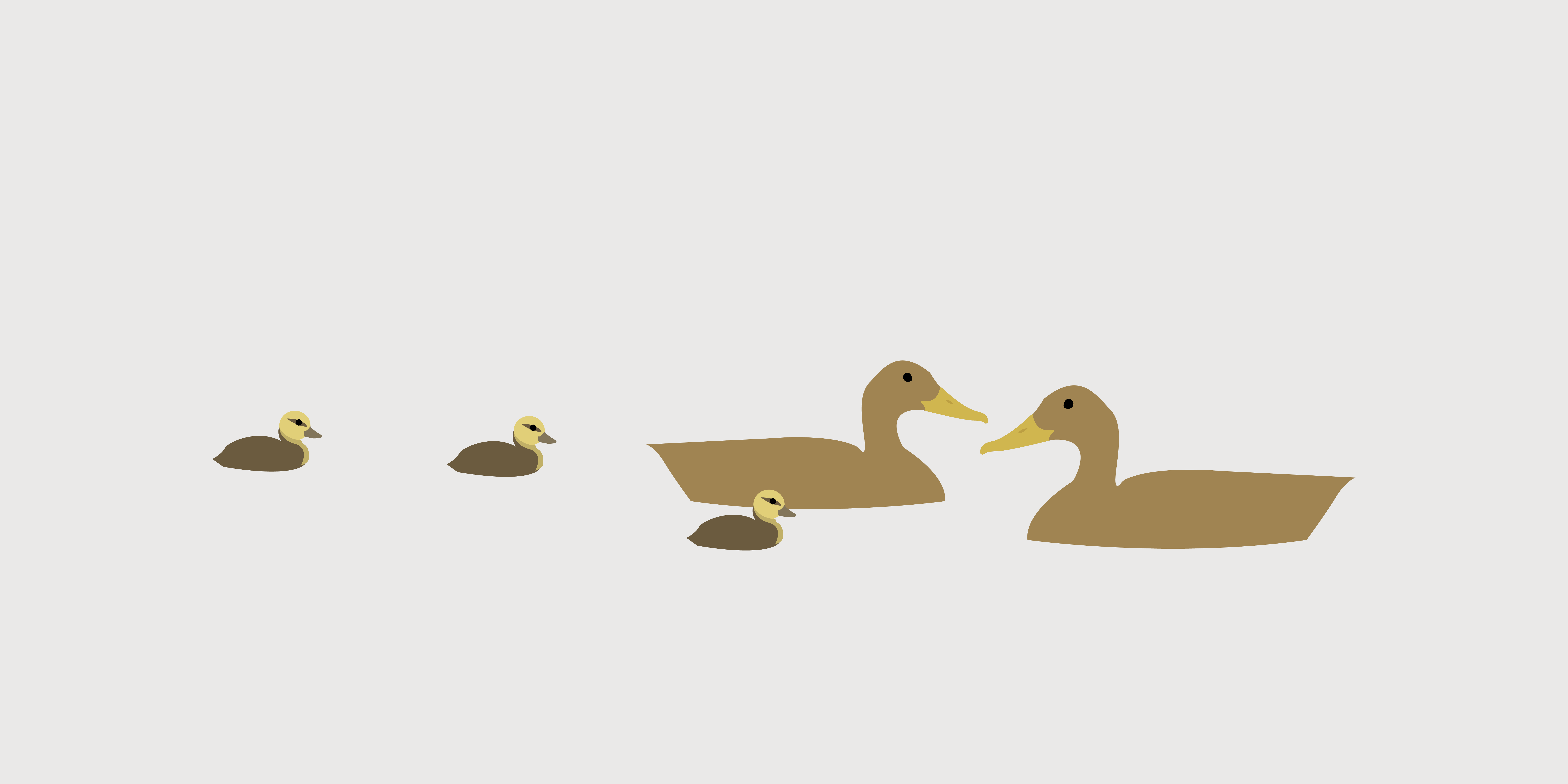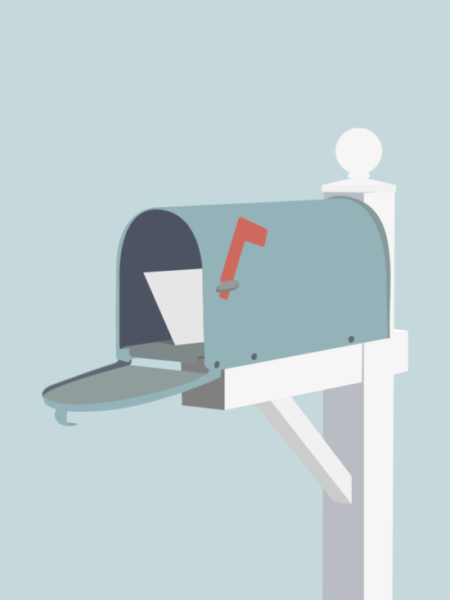How many times have you heard about a company going bankrupt that somehow manages to survive?
Companies go bankrupt and sometimes it happens quite abruptly, like it did for Lehman Brothers. But, financial hardship need not always lead to a business’ demise.
Bankruptcy vs. Bankruptcy Protection
That’s because filing bankruptcy and filing for bankruptcy protection are two different things. While both stem from an inability to make timely debt repayments, one means the company will go out of business, but the other allows it to continue operations by protecting it from creditors while management drafts a plan for the future.
The idea behind bankruptcy protection is to find some way for the business to survive. This could mean coming out the other end of the process a very different company, but one that presumably has a better chance of survival.
In the U.S., corporate bankruptcies are primarily regulated by the Chapter 11 Bankruptcy Code, while bankruptcies in Canada are covered by the Companies’ Creditors Arrangement Act (CCAA).
The CCAA is a federal act that gives financially troubled corporations the opportunity to restructure. It’s restricted to large corporations that owe their creditors more than $5 million. Corporations that owe less work with the Division I Proposal, which falls under the Bankruptcy and Insolvency Act.
Chapter 11
Bankruptcy laws in the United States are governed by the Code of Laws of the United States of America. The Code has many sections, called Titles, and within the various Titles are Chapters. When a U.S.-based business is unable to pay down debt or creditors, it can file an application with a bankruptcy court for protection under either Chapter 7 or Chapter 11.
Chapter 11 is the most common and involves a reorganization of a debtor’s business matters and assets. It also gives the company time to restructure its debts. When a business files for Chapter 11, an automatic stay comes into effect, which means creditors are not allowed to collect on outstanding debt. This also gives debtors time to negotiate with their creditors.
Debtors in Chapter 11 have the right to propose a plan of reorganization in an attempt to streamline debts. Creditors get to vote on the reorganization plan; if approved, it gets confirmed by the bankruptcy court. Once the plan is formally approved, the debtor is discharged from debts that accrued before the filing and the business is able to remain in operation.
CCAA
Similar to Chapter 11, a CCAA filing begins with the debtor submitting an application. The court issues an order giving the company protection for a prescribed and limited amount of time to figure out a way to continue operations. While the CCAA order is in place, creditors cannot attempt to collect on debt.
The CCAA gives companies a chance to speak to shareholders as well as creditors, which matters because shareholders will often get to vote on the proposed plan.
One of the more common criticisms of bankruptcy laws in the U.S. is that Chapter 11 cases take much longer to work through than CCAA cases and they are typically more expensive.
Chapter 11 proceedings are held in court. They’re lengthy and prescriptive, but also offer constitutional protections for property rights. CCAA is shorter and leaves decisions up to a judge’s discretion on a case-by-case basis. Some time in court is required in Canada, but it’s mostly to present plans for approval after negotiations with creditors.
What happens after the proceedings?
There is some thinking around whether or not companies that filed for bankruptcy protection deserve to write off their debts and start over again. Why is it so easy, the argument goes, for certain companies to just re-launch an essentially identical brand and business?
J. Crew and Brooks Brothers both filed for bankruptcy protection while dealing with the impact of COVID-19, for instance, yet those proceedings took very different directions. J. Crew got their bankers to forgive $1.6 billion in debt in exchange for access to more credit. People lost their jobs, landlords didn’t get paid, and yet somehow the same management team gets to rebuild.
Meanwhile, Brooks Brothers liquidated everything and is now owned by a licensing firm, which is working to build a new brand that has staying power as a profitable company.
While the fundamentals are very similar in both Chapter 11 and CCAA, the differences in each of the filing processes demonstrate how different actions can be used to ultimately achieve the same outcome: An opportunity for the company to avoid bankruptcy, and for its creditors to receive some form of payment on what they’re owed.





